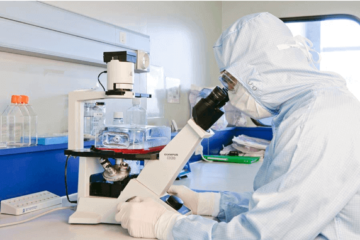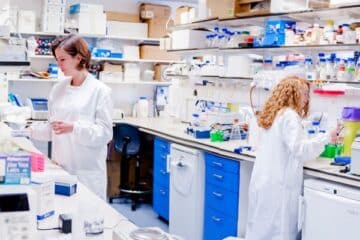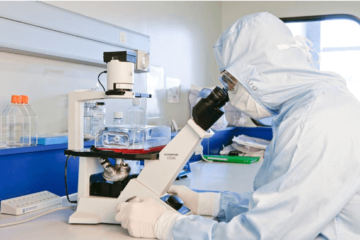Biological Scaffolds for Stem Cell Delivery in Heart Repair
**Trecho:**
Biological scaffolds play a crucial role in stem cell delivery for heart repair by providing a supportive microenvironment that promotes cell engraftment, diferenciação, and tissue regeneration. Understanding the design principles and biocompatibility of these scaffolds is essential for optimizing stem cell therapies and improving cardiac function.















